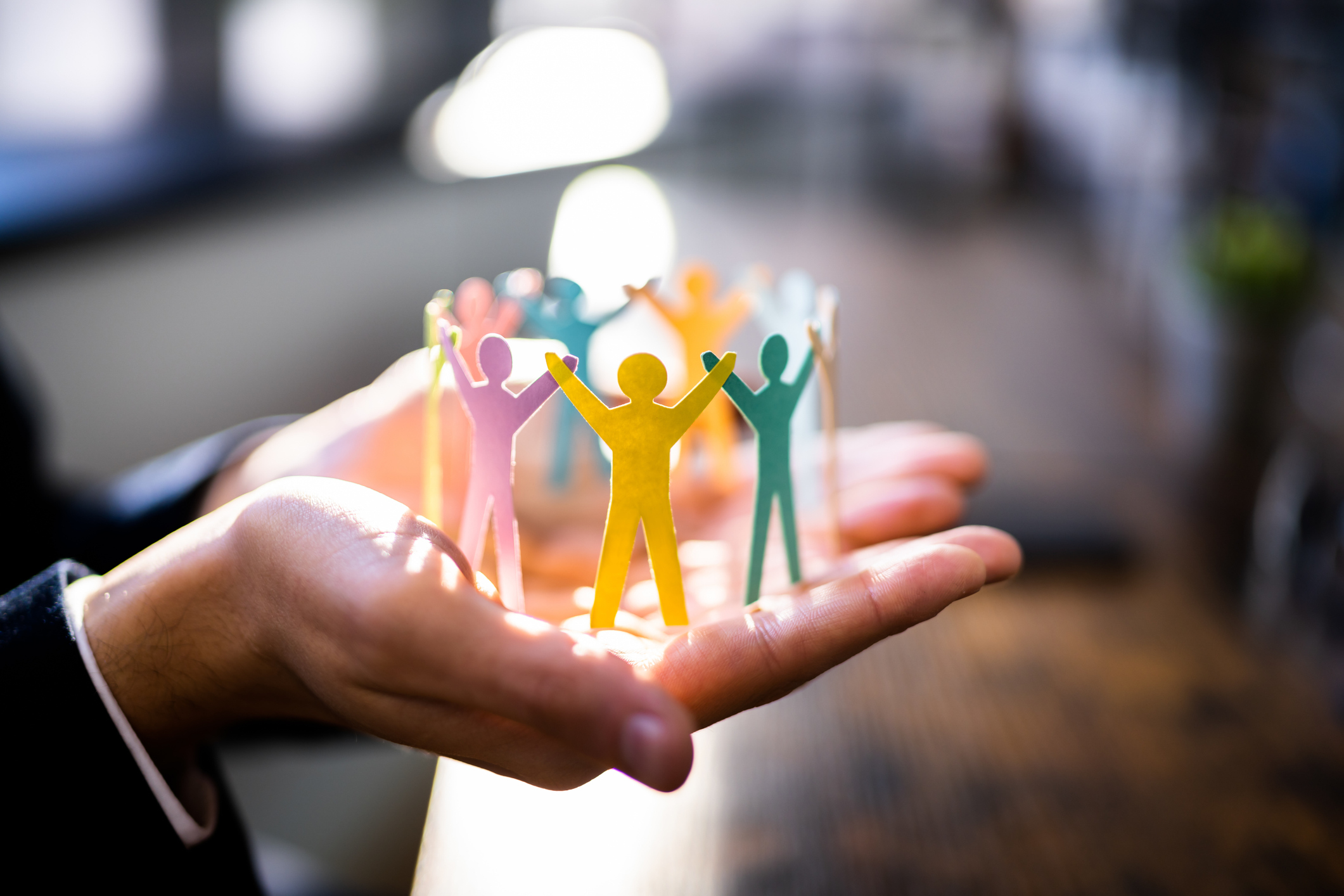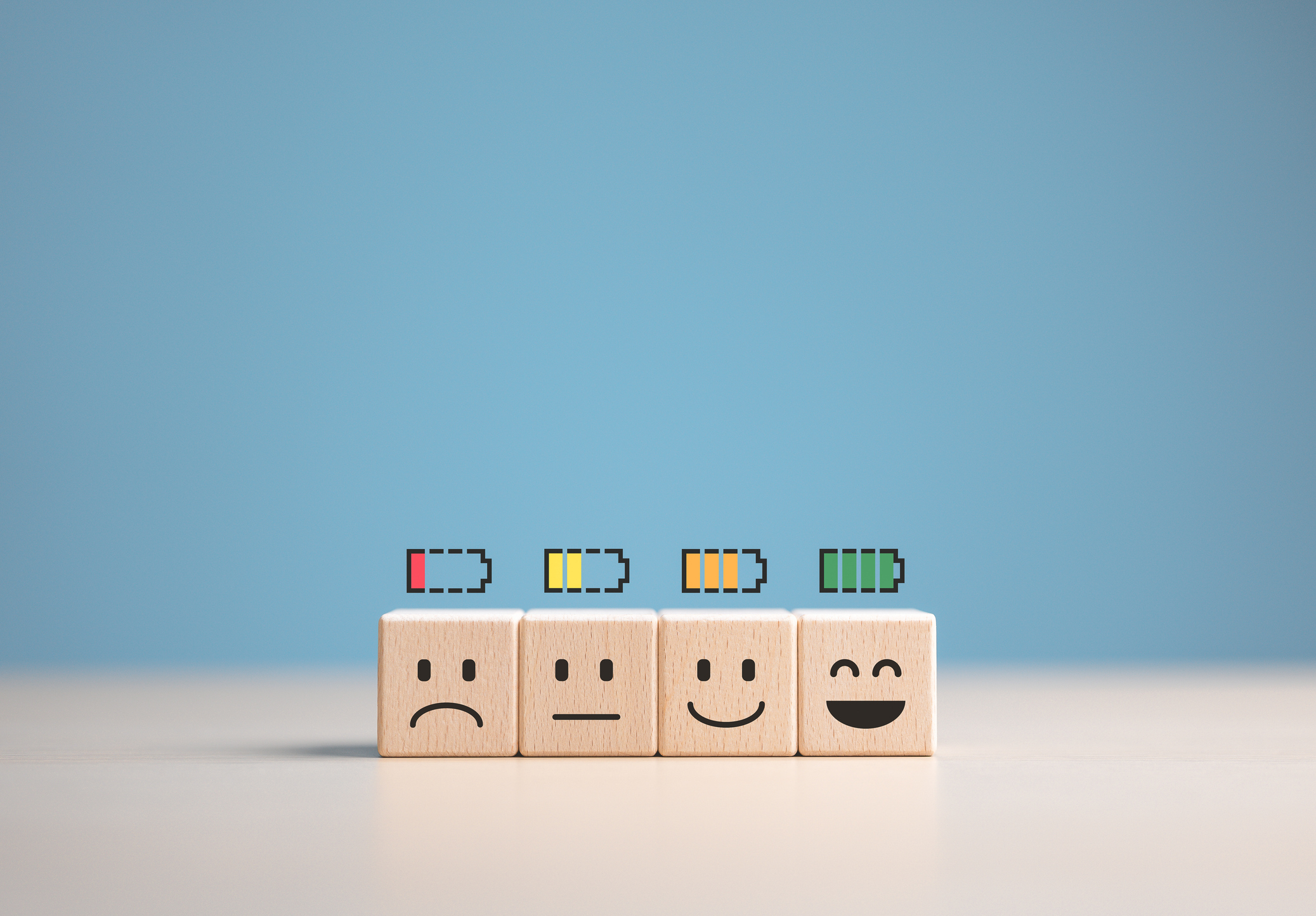When we think of effective teams, we often think of individual skills and personalities that contribute to the team’s success. But the way a team works together is just as important. Teamwork is essential for success in the workplace and in business. Especially in these times of increasing digitalization, effective team collaboration is very important. Good cooperation leads to better results, more motivation and higher engagement of team members. It is therefore essential to pay attention to collaboration. But how can you improve collaboration in teams?
There are several ways to do this. They include not only the use of technology and tools, but also the creation of a positive and stimulating work culture. One way to achieve this is by promoting open communication, fostering creativity and innovation, and strengthening interpersonal relationships and trust.
First, it is important to recognize that effective collaboration is more than just communicating and coordinating. It is about creating an environment where every team member feels safe and valued, and where everyone can use and develop their skills.
Improving collaboration: one step at a time
Below are some key tips that can help you strengthen team collaboration and see how a broadly applicable HR tool comes in handy in the process. By implementing these tips and regularly measuring team member engagement, teams can increase the effectiveness of their collaboration and improve team performance.
Do you want to get started quickly with improving collaboration and making this measurable? Check out how the 2DAYSMOOD tool can help you!
1. Provide clear communication
An important factor if you want to improve collaboration is to create clear channels of communication. This means giving everyone on the team a chance to voice their opinions and making sure that communication is open and transparent. It is important to take the time to listen to each other and ask questions to ensure that everyone understands what is expected of them.
2. Work on trust
Trust is an essential component of effective collaboration. It is important to create an environment where every team member feels safe and valued and where everyone can be open and honest. This also means respecting each other’s ideas and points of view, even if you disagree.
3. Encourage feedback
Feedback is an important part of any collaboration. Therefore, you must continue to provide each other with constructive feedback to ensure that the team continues to develop and improve. It is important to provide feedback in a way that is constructive and respectful and to also be open to feedback from others. You can also use a 360-degree feedback tool for this, so that the feedback takes place not only within the team, but throughout the organization.
4. Ensure good team building
Team building activities are a great way to improve team cooperation. They can include joint lunches, sports activities or other social activities that bring team members closer together. Organizing regular team-building activities can strengthen the bonds between team members and increase team spirit. Work hard, play hard!
5. Use technology to improve collaboration and engagement
Effective collaboration requires commitment from all team members. It is important to ensure that everyone feels engaged and that each team member understands how their contribution contributes to the success of the team and the organization as a whole.
Technology can be a valuable tool to improve team collaboration and monitor engagement. With 2DAYSMOOD’s tool, you measure how engaged the employees on the team are every week (or as often as you want). And with handy dashboards you know immediately what the results are and whether you need to take actions to improve engagement and cooperation. This allows you to respond quickly to current events, and this benefits collaboration!
6. Work on personal development
Finally, it is important to work on personal development of team members. By providing training and development opportunities, team members can improve their skills and increase their contribution to the team. Working on personal development not only increases the team’s effectiveness, but also encourages team members to be the best they can be.
Improve collaboration? Invest in the team!
If you want to improve collaboration, you must be willing to invest in your team. Not only by being available as an HR manager or team leader and offering help with collaboration. But also precisely by setting up an effective roadmap and making it measurable. This way you will know whether your actions and steps are successful and how the team feels about them.
Do you want help with this? 2DAYSMOOD’s HR experts look with you at the best way to use the 2DAYSMOOD tool for the most effective result. This way you can be sure that you can use the tool in a way that suits your team, and make the process measurable, but also fun!




